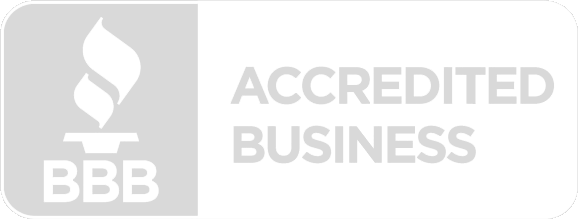How Climate and Weather Conditions Affect Locating Utilities
Environmental variables give much weight to accurate and efficient utility detection. Accurate utility detection helps in less damage and costly delays, ensuring that the projects, as well as excavation activities, are safe. Moreover, the climate and weather conditions pose some of the most challenging scenarios for locating utilities’ methods that are out in search of excellence in accuracy.If a planned construction or excavation venture is to commence, it is imperative to know what lies below the surface before proceeding. Most construction projects employ public utility marking, but today, more developers are turning to private utility locating to ensure accurate and comprehensive results. Are the two distinguishable, and why is private locating more available in projects of any size?
The Impact of Rain and Moisture
Utility locating gets greatly inhibited by the excessive rain and moisture. The wet soil mutes the effectiveness of sensing technologies, such as electromagnetic locators and GPR (ground penetrating radars). The increased moisture causes the signals to scatter or weaken, thereby presenting a considerable challenge to the proper identification of underground utility pathways. Detection accuracy gets compromised in such situations so experts consider alternative methods to address this reality.
Moreover, the overlapping weather patterns, such as monsoon rains over a few months, pose an ongoing challenge to utility locating. Scheduling future projects in drier periods or using tools that are fully designed for moisture-resistant detection might deliver more accurate results. Awareness of such overlooked factors at the onset of planning is crucial for effective locating services.
Temperature and Soil Conditions
Temperature changes also have an impact on the accuracy of underground utility locations. During extremely cold weather, frozen soil hampers penetration for certain types of locating equipment, making the task quite difficult. Moreover, pipe and cable contractions are triggered by temperature variations that alter the actual positions of the utilities. This certainly leads to a wrong outcome if locating services do not have approaches for adjustments in anticipation of these changes.
Extreme heat, in contrast, dries the soil, hinders its conductivity, and makes utility detection difficult for some electromagnetic methods. This soil also reflects the type of material transmitting and receiving signals. It is imperative to have a clear conception of local climates and seasonal patterns to have optimal utility locating without interrupting the work sites.
Adapting Techniques for Better Accuracy
Advanced equipment, including GPR systems specialized in different types of soil, goes in to amplify the precision and heightens the detection quality even under hard weather conditions. A skilled operator makes the required adjustments to adapt the application to specific variations, such as humidity, temperature, and soil structure.
Certainly, utilizing the most advanced technologies has enhanced detection techniques, which work despite any environmental factors. From the latest signal-enhancing tools to updated mapping information, professionals keep working and innovating to devise techniques that work more efficiently in locating underground utilities.
Partner with C-N-I Locates for Accurate Utility Locating
When dealing with complex weather and climate issues, C-N-I Locates provides reliable service for locating utilities. Our proficient team specifically relies on modern locating technology for its ability to deliver accurate results even in the most adverse environmental conditions.
If you are doing construction, maintenance, or excavation, we have reliable locating services to protect your project from expensive delays. Contact C-N-I Locates immediately to receive dependable utility location resolutions!


